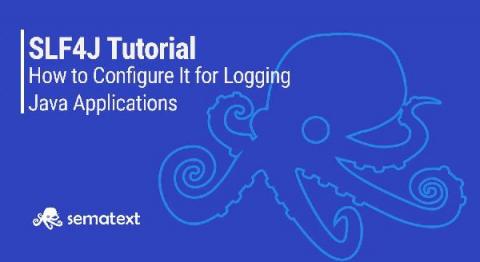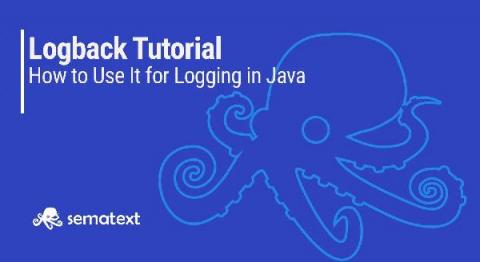Visual Link Analysis with Splunk: Part 4 - How is this Pudding Connected?
I thought my last blog, Visual Link Analysis with Splunk: Part 3 - Tying Up Loose Ends, about fraud detection using link analysis would be the end of this topic for now. Surprise, this is part 4 of visual link analysis. Previously (for those who need a refresher) I wanted to use Splunk Cloud to show me all the links in my data in my really big data set. I wanted to see all the fraud rings that I didn’t know about. I was happy with my success in using link analysis for fraud detection.










